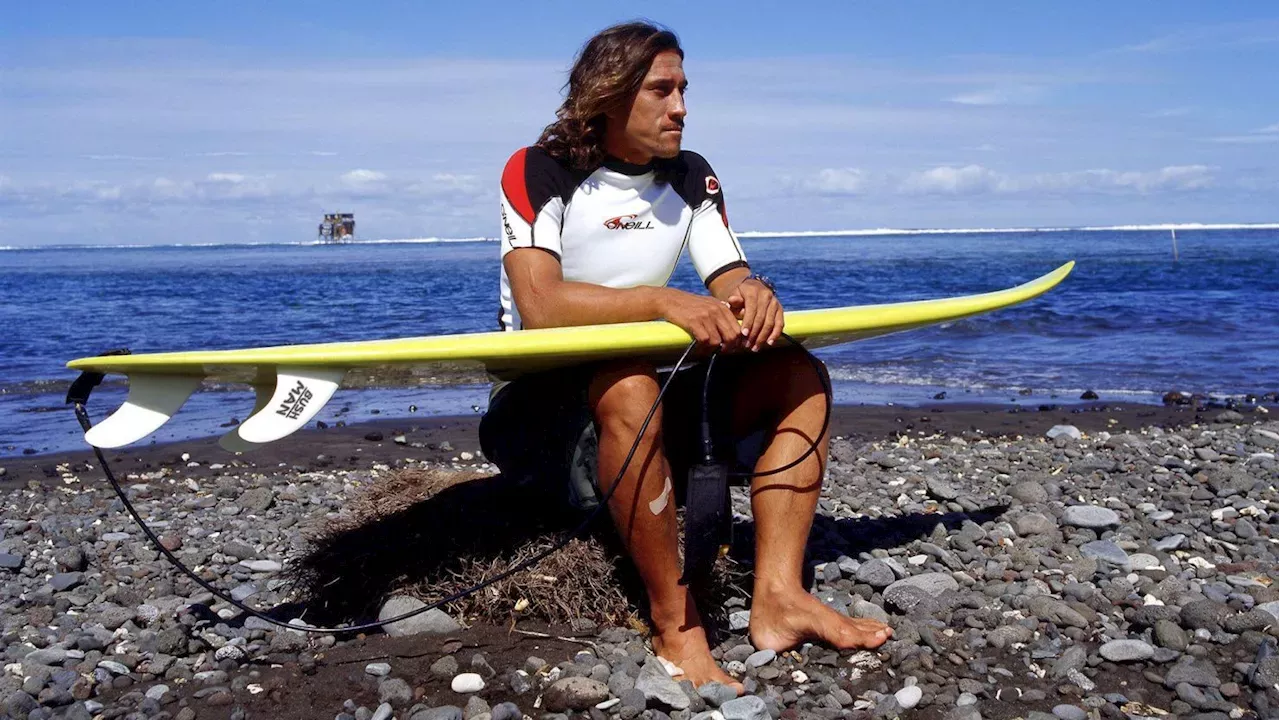Historical Background and Context

The Tamayo shark attack occurred on May 13, 1992, at San Mateo Beach in San Mateo, California. The victim was a 13-year-old girl named Kristen McDaniel, who was swimming in the ocean with her friends.
The Tamayo shark attack, a grim reminder of the dangers lurking beneath the waves, serves as a stark contrast to the serene skies above Panama City Beach. The vibrant colors of the panama city beach flag today flutter gently in the breeze, a beacon of tranquility against the memory of that fateful day.
Yet, the sea remains an untamed force, its secrets forever hidden from human eyes, leaving us to ponder the mysteries that lie just beyond our reach.
The circumstances leading up to the attack are not entirely clear, but it is believed that a combination of environmental factors and human activity may have contributed to the incident. The water was murky due to recent storms, and there had been reports of seals in the area, which may have attracted sharks. Additionally, the beach was crowded with swimmers, which may have made it more difficult for McDaniel to avoid the shark.
Tamayo’s shark attack left the beach in a state of panic, but the fear extended beyond the immediate aftermath. In the days that followed, reports of missing people emerged, raising concerns that the shark’s predatory instincts may have claimed more victims.
As the search continued, the tragedy of Tamayo’s attack lingered in the minds of locals, a chilling reminder of the hidden dangers that lurked beneath the tranquil waters.
Immediate Aftermath
The attack was witnessed by several people, who immediately called for help. McDaniel was pulled from the water by a lifeguard and taken to a local hospital, where she was pronounced dead. The shark was not captured.
The attack sent shockwaves through the community and raised concerns about the safety of swimming in the area. In the aftermath of the incident, the beach was closed for several days, and lifeguards increased their patrols.
Biological and Ecological Factors
The Tamayo shark attack involved a tiger shark (Galeocerdo cuvier), a large, coastal species known for its aggressive behavior and opportunistic feeding habits. Tiger sharks are apex predators, meaning they are at the top of the food chain and have no natural predators. They are characterized by their distinctive dark stripes or spots, which fade as they mature.
Tiger sharks inhabit warm, tropical and subtropical waters around the world. They are found in both shallow and deep waters, from coastal areas to the open ocean. They are known to be territorial and may defend their home range from other sharks. Tiger sharks are opportunistic feeders and will consume a wide variety of prey, including fish, sea turtles, seals, and even other sharks. They are known to scavenge on dead or dying animals, and they have been known to attack humans, although these attacks are relatively rare.
Habitat and Behavior
Tiger sharks are found in a variety of habitats, including coastal waters, coral reefs, and the open ocean. They are most commonly found in warm, tropical and subtropical waters, but they can also be found in temperate waters. Tiger sharks are typically found in shallow waters, but they have been known to dive to depths of over 1,000 feet. They are solitary animals, but they may form loose aggregations around food sources.
Tiger sharks are ambush predators. They typically lie in wait for prey, then burst out with a powerful attack. They have sharp, serrated teeth that are designed for tearing flesh. Tiger sharks are known to be aggressive and territorial. They may attack humans who come too close to their territory or who are perceived as a threat.
Ecological Factors
Several ecological factors may have contributed to the Tamayo shark attack. One factor is the decline in the population of sea turtles, which are a major food source for tiger sharks. This decline may have forced tiger sharks to seek out other food sources, including humans. Another factor is the increase in human activity in coastal areas, which has led to more interactions between humans and sharks. Finally, climate change may be altering the distribution and behavior of tiger sharks, making them more likely to come into contact with humans.
Prevention and Mitigation Strategies: Tamayo Shark Attack

Shark attacks are a rare but serious threat to human safety. In order to prevent and mitigate future attacks, it is important to understand the factors that contribute to them and to develop effective strategies to reduce the risk.
There are a number of existing shark prevention measures, such as beach patrols, warning systems, and shark barriers. These measures can be effective in reducing the risk of shark attacks, but they are not foolproof.
Effectiveness of Existing Measures
- Beach patrols: Beach patrols can help to spot sharks and warn swimmers of their presence. However, they are limited by the fact that they can only cover a small area and they cannot be everywhere at once.
- Warning systems: Warning systems can be used to alert swimmers of the presence of sharks in the water. However, they are only effective if swimmers are paying attention to them and if they are able to get out of the water quickly.
- Shark barriers: Shark barriers are physical barriers that are placed in the water to prevent sharks from reaching swimmers. However, they are expensive to install and maintain, and they can be ineffective if they are not properly designed or installed.
Potential Improvements, Tamayo shark attack
There are a number of ways to improve the effectiveness of existing shark prevention measures. These include:
- Increasing the number of beach patrols: Increasing the number of beach patrols would help to cover a larger area and to spot sharks more quickly.
- Improving warning systems: Warning systems could be improved by using more sophisticated technology to detect sharks and by making them more visible to swimmers.
- Designing more effective shark barriers: Shark barriers could be designed to be more effective by using stronger materials and by placing them in areas where sharks are known to congregate.
Innovative Approaches
In addition to improving existing measures, there are also a number of innovative approaches that could be used to prevent and mitigate shark attacks. These include:
- Using drones to spot sharks: Drones could be used to patrol large areas of water and to spot sharks that are not visible from the shore.
- Developing shark repellent technology: Shark repellent technology could be used to deter sharks from approaching swimmers.
- Educating the public about shark safety: Educating the public about shark safety could help to reduce the risk of attacks by teaching people how to avoid sharks and what to do if they are attacked.
The Tamayo shark attack sent shockwaves through the community, reminding everyone of the hidden dangers lurking beneath the surface. One such danger is a rip current, a powerful, narrow channel of fast-moving water that can pull even the strongest swimmers out to sea.
What is a rip current , you may ask? It’s a deadly force that can turn a leisurely swim into a terrifying ordeal. As the Tamayo attack showed, being aware of rip currents and taking precautions is crucial for staying safe in the water.
The Tamayo shark attack, a chilling reminder of the dangers lurking beneath the waves, left an unforgettable scar on the community. Its aftermath echoed in the tragic news of drownings in Panama City Beach, a sobering reminder of the unforgiving power of the sea.
Yet, the Tamayo shark attack served as a grim testament to the unpredictable nature of the ocean, where danger can strike at any moment.
The Tamayo shark attack was a chilling reminder of the dangers that lurk beneath the waves. But even in the face of such terror, one must remember that drowning is an equally insidious threat, as evidenced by the tragic events at Panama City Beach.
Like the shark’s relentless pursuit, the waters can claim lives with an unforgiving grip. And so, while we mourn the victims of Tamayo, let us also extend our sympathy to those lost in the depths of Panama City Beach, a somber reminder of the fragility of life.